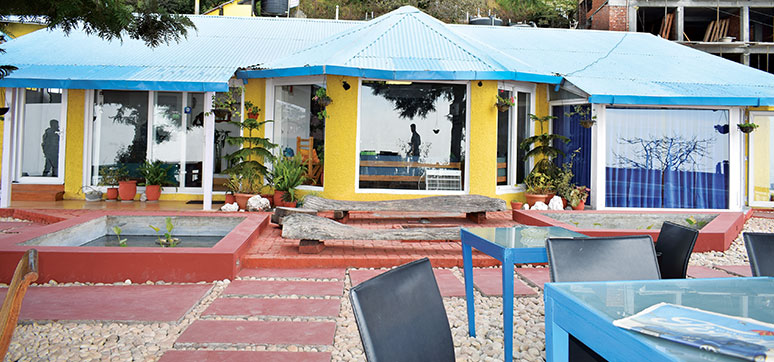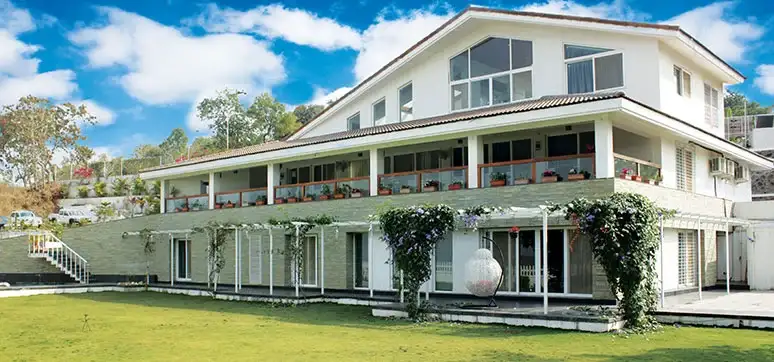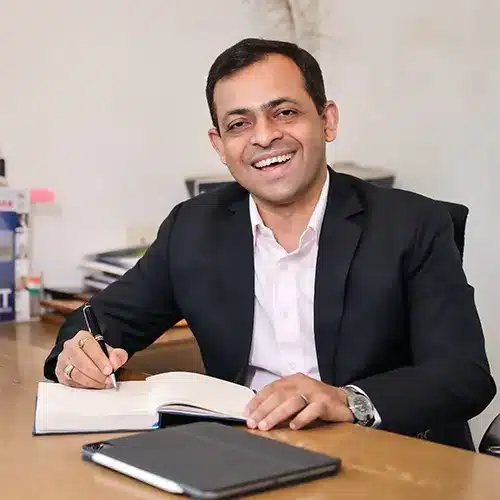What is your view on façades of the future?
Latest state-of-the-art fenestration is proven and durable. In future, all fenestration will have a minimum carbon foot print when processed and/or manufactured. The steps for the same are: use of renewable energy; minimum or no wastage of raw material resources; should have a similar life cycle as the whole building envelope; should be fully recyclable and contribute towards energy and CO2 reduction. In addition, they should be ergonomic in operation, especially for the ageing population; safe and secure to use; should offer for traditional or modern designs and should be cost effective. Complying with these desired attributes is a tall order for any of the known fenestration materials. Industry has not found the ‘perfect’ frame material yet that ticks all those boxes.
Selection of the appropriate or most suitable fenestration solution in terms of frame material and glass will always depend upon the actual application. Knowledge of some of the inherent material deficiencies is essential. Architects and fenestration designers can successfully overcome those by changing design parameters to play to the strength of their chosen material combination.
What are the key characters of a high-performance façades?
Rather than serving as a static enclosure, the building skin has the potential to redirect and filter daylight, provide natural ventilation, manage heat transfer, enhance occupant well-being, and create visual and physical connections between inside and outside.
Brief on the advancement in façade technology and materials?
Advancement in façade technology would involves façade which is environmentally dynamic, self-cleaning, information sensitive and communicating. Accordingly, material will be chosen by architects and fenestration designers.
Tell us about energy harvesting façades?
Energy harvesting façades are the latest innovation in façade industry where a larger amount of energy can be harvested with the help of solar panels fitted on façades, However, this may result in unsatisfactory lighting conditions inside the room. Solar power is a renewable source of energy and CO2 emission free, hence energy harvesting façade is an environment-friendly dynamic innovation.
What is the role of CAD, software technologies and AI in designing and building futuristic façades?
Fenestration providers utilise dedicated fabrication computer systems that can cover wind loading, accidental loading, frame weights, U-values, sales order processing, production planning, pricing, stock control, fabrication cutting sheets, links to machining centers and accounting. Other software is mainly used by the systems provider for R&D and support purpose like U-value simulation, gasket simulation, static and stress calculations, sound reduction programmes, etc.
What are the advancements in automation in façades and fenestration?
High volume, streamlined product range and excellent production planning are pre-requisites for automated frame production lines. The required factory space, the high investment level and the occasional, unpredictable order intake have deterred most fabricators to make the big step change. It is not surprising that cutting/machining centers, flat bed multi-head welder and corner cleaner combinations are chosen as the first step in automation, but the automation technology stops when the sashes are merged into the outer frames or when frames require factory glazing. Nevertheless, every operation in fabrication can be made more efficient by simple means like introducing positioning and drill jigs, utilising dedicated hardware tables, upright glazing frames, transportation and storage racks etc. Those relative, small investments get easily overlooked, although they are sometimes more effective than most sophisticated multi-head welder.
It can be argued that automation is only meaningful in high labour cost economies, but the inherent manufacturing quality and the consistent output per hour/per day/per week may be of interest in new, emerging fenestration markets like India.

What do you mean by Interactive façades and what are its advantages and disadvantages?
There are no known disadvantages besides the initial investment cost and ongoing maintenance fees. Interactive or smart glazing is electrically switchable glazing. The principle of smart glazing can be best described as a dynamic environment i.e., by pressing a button the glass can be tinted to keep heat and glare out whilst the best conventional double glazing unit with low-e coating provides a static environment i.e., fixed solar gain, fixed light transmission and fixed thermal transmission (U-value). There are numerous benefits like no need for shading or blinds, reduced heating and cooling requirement, shading on the demand,etc. There are downsides like high material and installation costs. At present, mainly commercial buildings with glass façades or prestigious architectural developments are using this new double-glazing Façade technology, but the whole principle can be effectively applied into all market segments.














